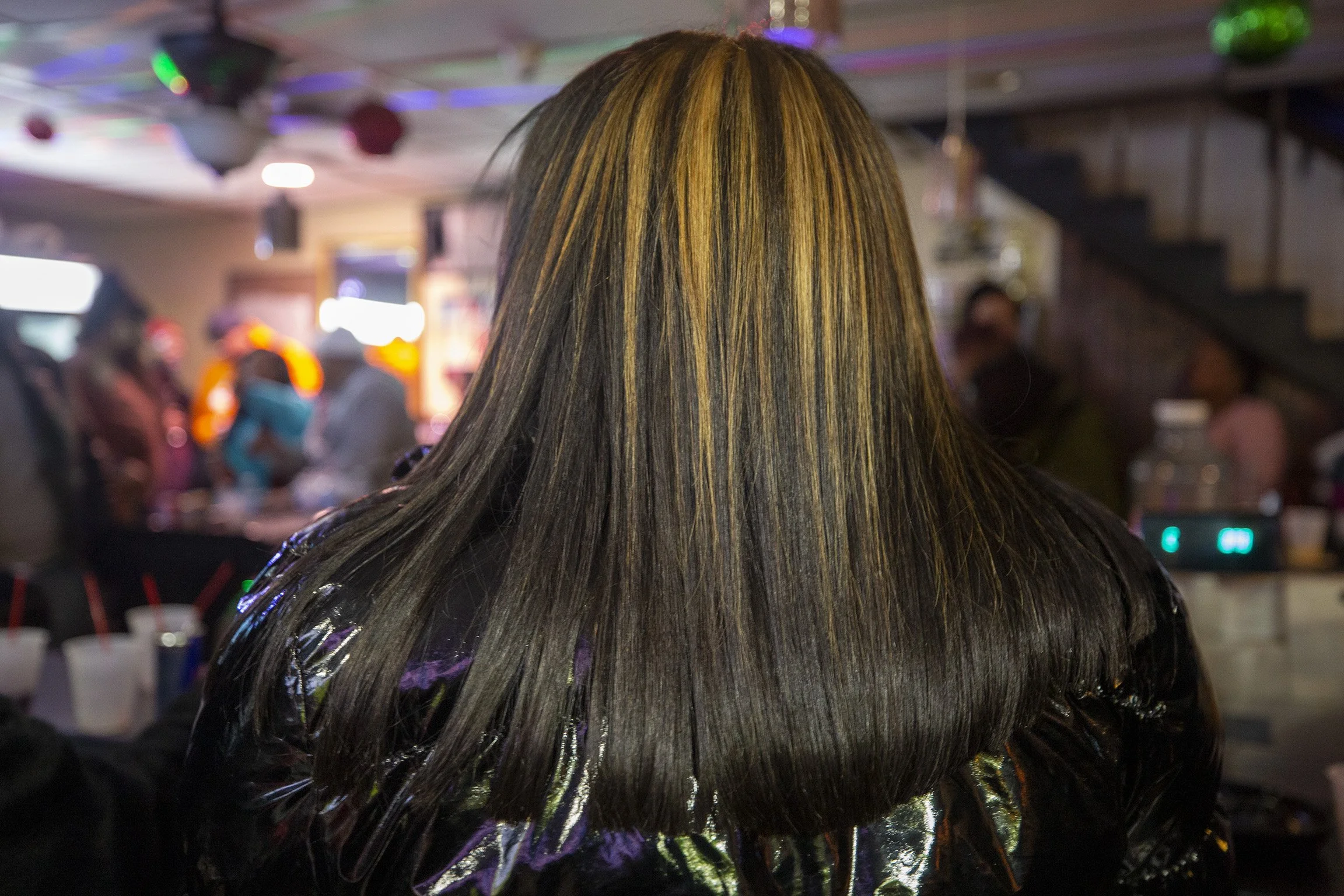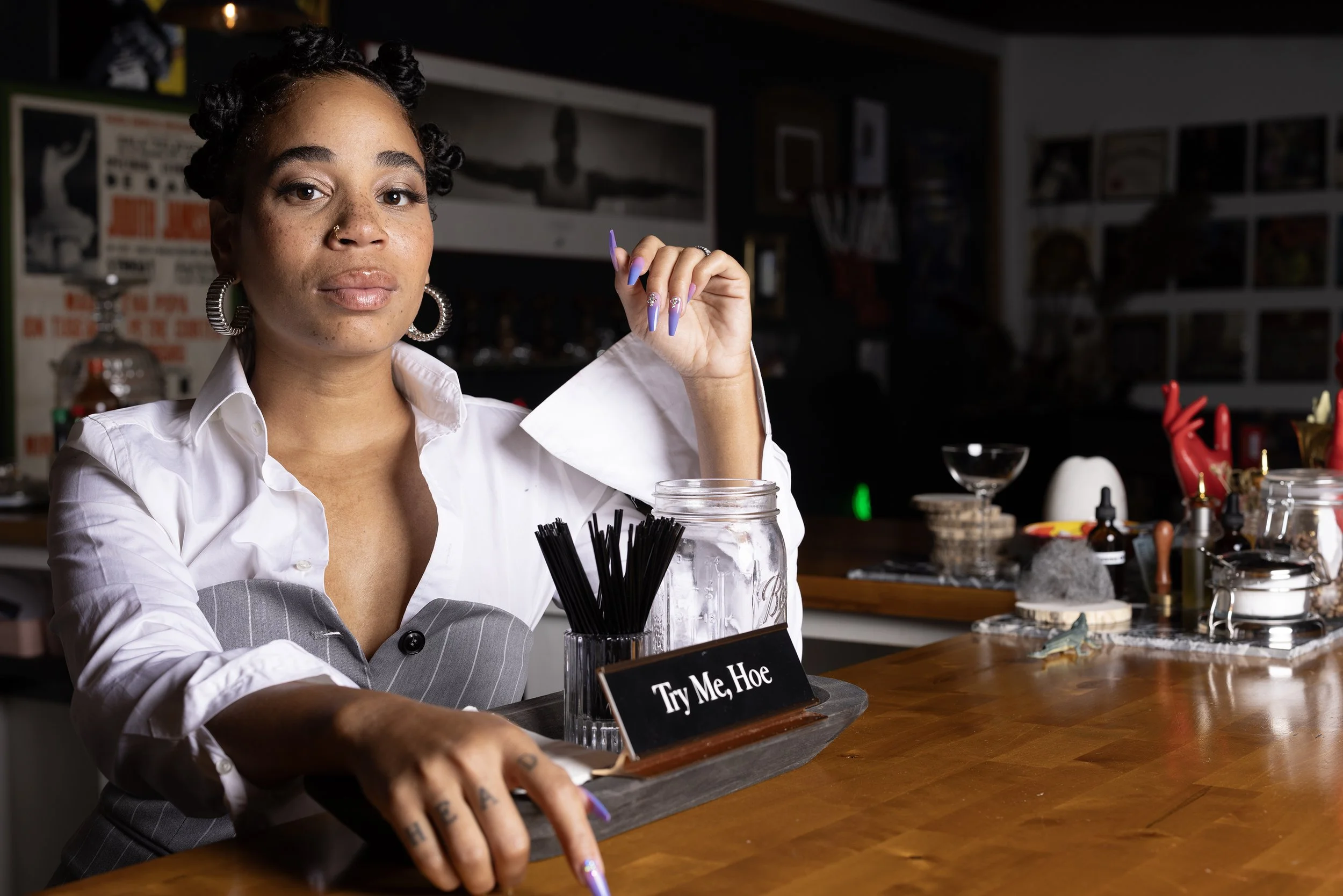Vanishing Black Bars & Lounges 2018-
About the Series
The Black Bar in New Orleans is the epicenter of Black culture, which is the driving force of New Orleans culture. Black bars and lounges are the homes to social aid & pleasure clubs, Black Masking Indians, and the community. Historically it was and remains a respite from the rest of the world and the unfair treatment folk faced in areas outside of their neighborhoods. There are records of Black gathering spaces in New Orleans that date back to the late 1800s, with music, dancing, and drinking. It is where practice, play, and performance intersect throughout the year, most notably during the carnival season in the city.
These bars became a safe space, where patrons could buy affordable drinks, eat, listen to music, and fraternize. If they were in the Mississippi Delta, we’d call it a juke joint and in South Africa, it’s a shebeen, regardless of what it’s called and where it is, their importance to the culture and community is too often overlooked. But now, the Black bars in Black communities are turning white.
The shifts made me think of the work of photographer Birney Imes’ “Juke Joint.” From 1983 to ‘89, Imes took his camera around the Mississippi Delta and documented bars in the black parts of town. He took the viewer inside to experience the cracked walls, scribbled signs, games at the pool table, and lots of Budweiser. Decades ago, Imes knew those Juke Joints, so omnipresent and region-defining, had a tepid existence. Now, the number of juke joints languishes in the single digits. It made me think of the Black neighborhood bars of New Orleans. I wanted to capture them before they were unrecognizable.
Since 2018, I’ve documented these spaces using my camera and doing interviews. But most importantly, I bear witness to the Black genius that percolates from these watering holes.
Archival pigment print editions of 6 + 2 AP
24 x 36 inches














